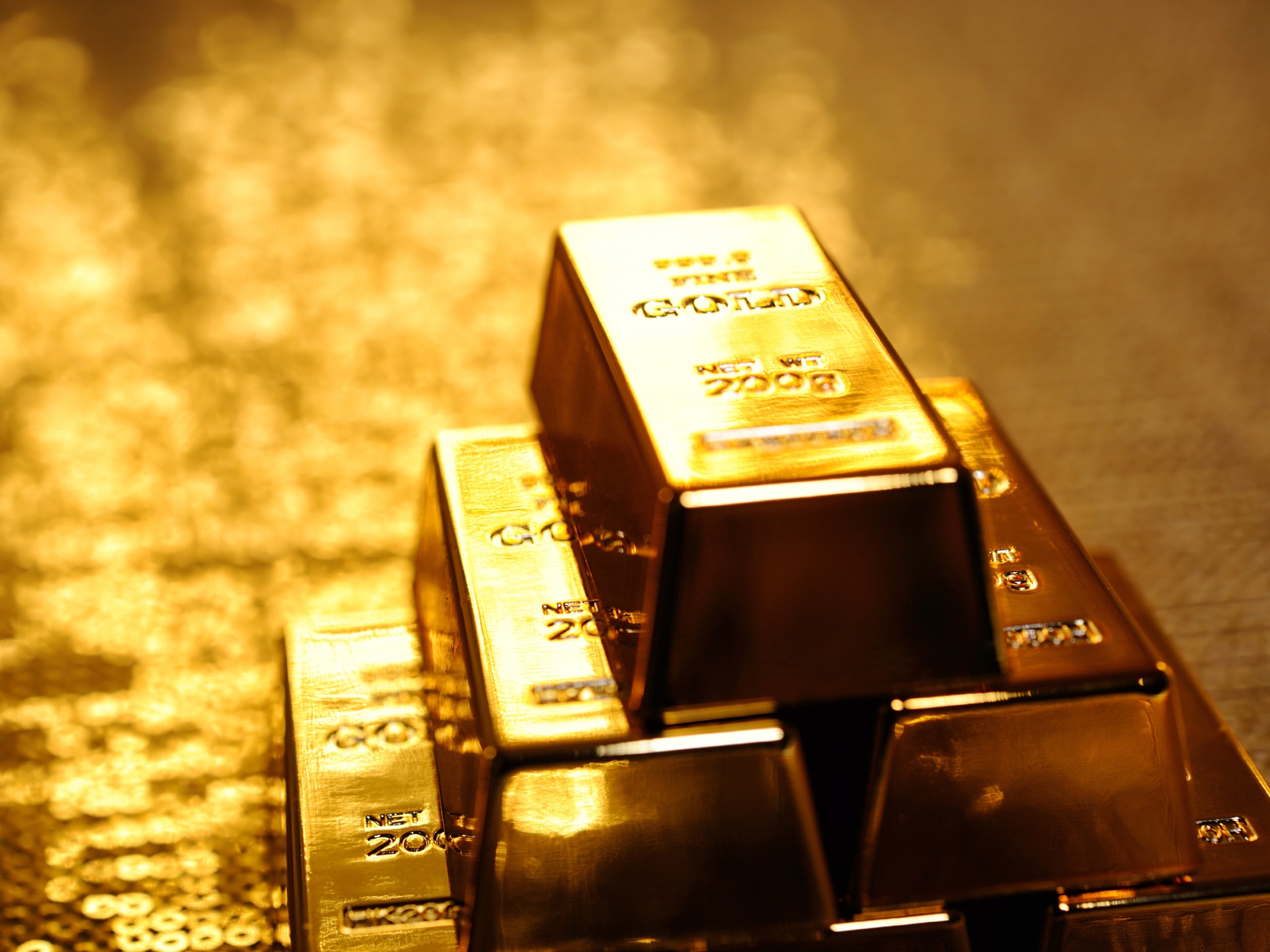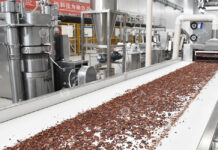
Investment in gold has been the largest component of gold demand for two consecutive quarters – the first time this has ever happened, the World Gold Council (WGC) said on Thursday.
The WGC’s latest Gold Demand Trends report shows that global gold demand reached 2,335 t in the first half of this year, with investment reaching record levels – 16% higher than the previous record set in the first half of 2009 – which is significant, as that was the year that most investment flowed into gold to counter the global financial crisis.
“This [first half of the year] is pretty much a professional investors’ story,” WGC member and market relations head John Mulligan told Mining Weekly Online during a telephone interview, adding that investment had reached record highs for the first half of the year as investors in the West had returned to gold.
Mulligan further noted that the fact that investment drove demand in consecutive quarters was “very unusual. In fact, it is unique in recent history, certainly in the last 15 years or so, to see investment as the largest source of demand.”
“Gold demand often has a self-balancing component quarter-on-quarter, where one quarter investment is strong and the next jewellery is strong,” he pointed out.
Mulligan also said that investment demand was 140% up on the same quarter in 2015, mostly owing to growth in demand in exchange-traded funds (ETFs).
“This is a barometer of the risk environment. Why are investors moving to gold? There’s a general environment of heightened risk and uncertainty so a range of investors are [rethinking where to invest],” he said.
Investment demand reached 448t in the second-quarter as investors sought risk diversification and a safe store of value in the face of continued political, economic and social instability. ETFs had a stellar first half of the year, at almost 580t, owing to the additional inflows in the second-quarter of 237t.
“If we look at July alone, a fascinating month, we saw 80t of inflows of gold on ETFs. Just under 50t of that came from Europe, indicative of where risk awareness is coming from, which ties in to some extent with Brexit.
“Europe [is also] mired in negative interest rates and the world is moving in that direction, with the scale of yield-bearing assets growing and the flattening out of the whole curve meaning even those assets that were guaranteed to give investors a fixed income, and are still positive, are less so,” Mulligan explained.
Bar and coin demand was also up in a number of markets in the second-quarter, including the US at 25t (up 101%), leading to first-half bar and coin investment of 485t, 4% higher than the first half last year.
Meanwhile, Mulligan pointed out that the second-quarter continued in the same vein as the first-quarter this year with overall gold demand growing to 1 050t, up 15% from the second-quarter 2015 figure of 910t.
LACKLUSTRE JEWELLERY DEMAND
A cause and effect of the growth in investment demand was a 25% rise in the dollar gold price, the strongest gain since 1980. This contributed to lacklustre consumer purchasing, particularly in price sensitive markets.
While there were increases in jewellery demand in the US (up 1%) and Iran (up 10%), the customary powerhouses of China and India saw drops of 15% to 144t and 20% to 98t, respectively in the second-quarter.
India was further impacted by rural incomes remaining under pressure, as well as the government’s decision to increase excise duty. China faced a challenging quarter against a relatively soft economic backdrop and the implementation of new hallmarking legislation in May.
Central bank demand decreased 40% in the second-quarter to 77t, compared with 127t in the same period last year, resulting in net purchases for the first half, now totalling 185t.
While the second-quarter was the lowest level of net purchases since the second-quarter of 2011, it comes amid a significant rise in gold prices over the first half, dramatically increasing the value of central bank gold holdings to $1.4-trillion. Central banks are still expected to be key contributors to global demand, as gold provides diversification from currency reserves and, most notably, the dollar.
Total supply for the second-quarter increased 10% to 1,145t, compared with 1, 042t in the second-quarter of 2015.
The primary driver of this increase was recycling, which saw a significant rise of 23%, as consumers capitalised on the rising gold price, leading to first half recycled gold supply of 687t, 10% higher than the 626t seen in the first half of 2015.
Mine production remained broadly flat at 787t, while gold producers added 30t to the hedge book.
Source: Mining Weekly























